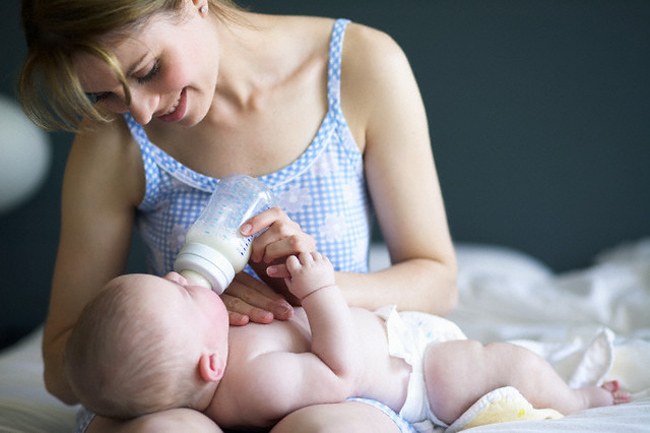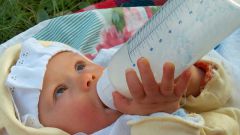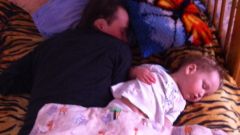For every child his regime
There is no clear single instruction for all children. However, it is not necessary, because every child has its own temperament, character and grows in its own unique conditions and traditions of the family. No wonder the who (and our moms in most agree with this organization) recommends feeding on demand. This means that the child is eating when I want and as much as I want. Because, to anticipate the wishes of the child cannot, does not make sense and be clear agenda.
However, a few months after birth, one way or another each baby develops its own routine. In fact, it is convenient to the parents, because the child is formed and fixed habits. In addition, by 10 months babies use a few lures, the introduction of which places greater demands on the regime of the day the mother and child.
Proceeds from the fishing lures
So lures should be phasing out breast feeding from the day diet 10-month-old baby. For the gradual extinction of lactation is better to alternate lures and breastfeeding. On this basis, to 10 months the average child in the 3 foods. Between feeding and breast-feeding is recommended period of at least 2 hours.
Day dream of the baby at this age should be 2-3 times, it usually follows after feedings. At night, the baby sleeps about 9 hours. With up to 5 times a night to eat. Night feeding is occur half asleep. The child begins to toss and turn, sometimes cheep – then offer him the breast.
Based on the current pattern of feeding and sleeping, between them it is necessary to allocate 1-2 walks in the fresh air, the periods of wakefulness at home, games, exercises, and hygienic procedures. So, bathing is better done before bed and massage and gymnastics in the morning. However, at night you can also make the baby a light relaxing massage. If you teach diving in a bathtub, then training is best done in the morning, after waking up, before eating.
Walking children usually sleep well, so plan them right after a feeding so that at the end they could return home to a new meal. Among the home games spread moving, emotional (morning) and calm (night).
The approximate mode
Based on the foregoing, an exemplary mode of the average healthy child will look like this:
8.00 am – Wake up, wash (training, snorkeling)
9.00 – feeding
10.00 am – first NAP
11.00– massage, gymnastics
11.30 - home games
12.00 – 13.00 – breastfeeding
13.00 – first walk, second day dream
15.00 – 16.00 – feeding
16.00 – home games
18.00 – breastfeeding
19.00 – second walk, third day dream
20.00 – home games
21.00 – 22.00 – feeding
23.00 – bedtime routine, hygienic procedures
24.00 – breastfeeding
24.00 – 8.00 – sleep 2-5 night feedings





